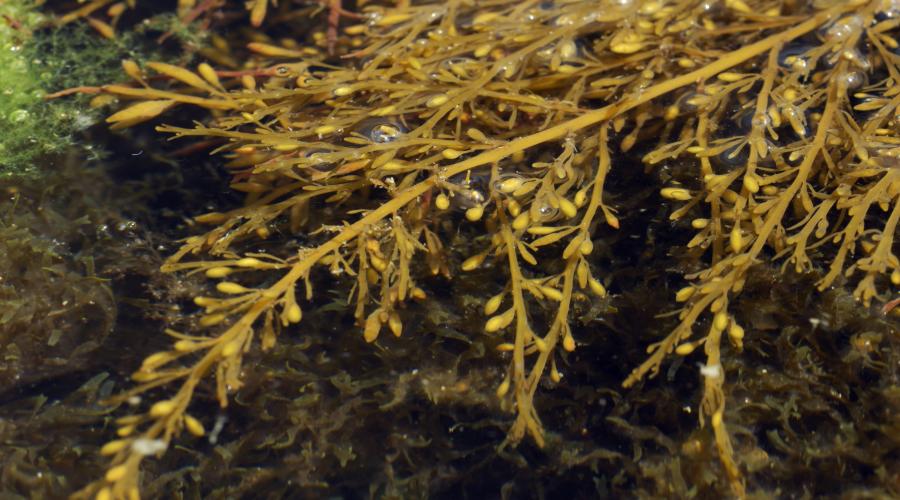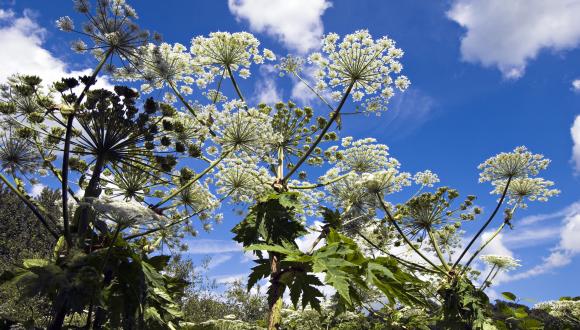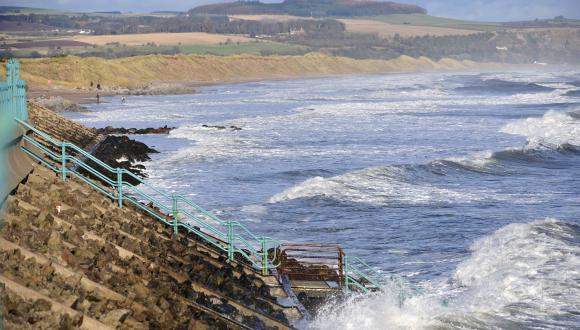
Marine non-native species
Scotland has a growing problem with marine invasive non-native species, which threaten marine biodiversity and more
Invasive non-native species can have serious negative impacts on native Scottish habitats and species. They can put at risk whole ecosystems – and thus marine biodiversity and our economy – and affect our health.
Marine Scotland leads on invasive non-native species in the marine environment.
Early detection is crucial if we’re to try to clear an invasive species that has arrived in our waters. It may be possible to contain or manage populations of a species found only in patchy locations.
Not all the non-native species that arrive in Scottish waters become invasive. Many are present without significant effect.
Impacts on the marine environment
Invasive non-native species in our seas can have significant impacts on both biodiversity and the economy.
Away from their native habitats, invasive species are often able to grow very large and very quickly, and can displace native species. They can become the most dominant species in the area and some can smother other creatures.
Invasive species can have impacts on our marine industries, for example:
- seaweeds can grow on structures such as piers, slipways, fish farm cages and boat hulls or get tangled in boat propellers
- by killing or competing with marine aquaculture species
- by spreading disease
Invasive species that threaten Scotland
Marine invasive non-native species that are now widespread and well established in Scotland include:
- wireweed (Sargassum muticum)
- green sea-fingers (Codium fragile subsp. tomentosoides)
- red alga (Dasysiphonia japonica)
- acorn barnacle (Austrominius modestus)
- Japanese skeleton shrimp (Caprella mutica)
- leathery sea squirt (Styela clava)
- orange tipped sea squirt (Corella eumyota)
- orange ripple bryozoan (Schizoporella japonica)
Invasive species found only in patchy locations within Scotland include:
- American lobster (Homarus americanus)
- carpet sea-squirt (Didemnum vexillum)
- Pacific oyster (Magallana gigas)
- Japanese kelp, wakame (Undaria pinnatifida)
Report a sighting of the carpet sea-squirt
Report sightings of other invasive non-native species to [email protected]
Species present in the British Isles but yet to reach Scotland include:
- Chinese mitten crab (Eriocheir sinensis)
- slipper limpet (Crepidula fornicata)
- Australian tubeworm (Ficopomatus enigmaticus)
- Asian shore crab (Hemigrapsus sanguineus)
- brush-clawed crab (Hemigrapsus takanoi)
- American oyster drill (Urosalpinx cinerea)
Preventing introduction
It’s extremely hard to get rid of an invasive species once it’s established in Scottish waters. So it’s vital to prevent species arriving here in the first place.
Activities that can move non-native species around the world include:
- shipping – attached to ship hulls or in ballast water
- transport of fish and shellfish for the seafood industry
- scientific research
- species escaping from public aquariums
Non-native species may be released by accident or on purpose.
Marine biosecurity planning is a critical step in creating a framework to reduce the risk of introduction.
You may also wish to find out about the law, management and regulation of invasive non-native species.
Marine biosecurity planning guidance
Marine Biosecurity Planning Guidance for producing site and operation-based plans for preventing the introduction of non-native species
You can also find out further information on biosecurity on the Non-native Species Secretariat website, including guidance for industry, recreational users (e.g. anglers and boat and kayak users).





